From Charles and Francis Darwin to W. T. Thiselton-Dyer 14 February [1876]1
Down | Beckenham | Kent
Feb 14. 1875
Dear Dyer
Will you be so kind as to tell me the name of the common greenhouse vars of Cinerarea such as the enclosed.2 They have thick stems which I think cannot be called woody. I want to know because they offer one of those curious cases of a plant absolutely sterile with its own pollen, but fertile with that on any other plant of the same or another variety.
Secondly—I have a great straggling bush 7 or 8 feet high of an unnamed sp of Pleroma from Kew. It bears large & really handsome purple flowers. Shall I return it; but if so I think it must be cut back. I enclose seeds of which if as is probable of no value may be thrown away.3
Thirdly: I hope that you & Hooker will read the second paragraph of a letter by Fritz Müller in next Nature about the little excrescences in Cecropia closely like those on the tips of the leaflets of the Bulls horn Acacia described by Belt. Müller speaks of them as containing albumen but Frank at present finds not much of this but on the other hand an abundance of oil globules.4 This production of food for the protective ants seems to me extremely curious, and Frank wishes to trace the developement & nature of these bodies. Would you therefore ask Hooker to get one of the bull’s horn acacias propogated for us. I have written to Müller to ask for seeds of the Cecropia; but if you can find time after you have read Müller letter, will you look at any Cecropias in your houses, to see whether you can find anything of the kind that he describes; and if so have a plant propagated for us.5 I must tell you an odd coincidence. I mistook in Müllers letter and read Ceropegia & so went & looked at my C. stephanotis and lo & behold at the place where the petiole joins the leaf I found five or 6 little conical bodies something like the excrescences on Cecropia but of a black colour.6
Believe me dear Dyer | Yrs sincerely | Ch. Darwin
P.S I received an uncommonly nice note from R. Lankester about Linnean Soc. affair.—7
I continue my fathers letter with, I am ashamed to say, one more request; pray forgive me for troubling you in this way. I enclose the papers in which Dr Hooker was so good as to send me some grass seeds, would you kindly let me have their names written on them clearly— I have failed to make them out with Steudel.8 Also would you let me know how morphologically to describe the awn of Stipa compared with that eg of Avena? I send one as a reminder— The twisting research has turned out v interesting I think & I have all but finished my paper & drawings—9 I was delighted at the collapse of the blackballers & at Lankesters triumphant entry10
Yours sincerely | Francis Darwin
Footnotes
Bibliography
Correspondence: The correspondence of Charles Darwin. Edited by Frederick Burkhardt et al. 29 vols to date. Cambridge: Cambridge University Press. 1985–.
Marginalia: Charles Darwin’s marginalia. Edited by Mario A. Di Gregorio with the assistance of Nicholas W. Gill. Vol. 1. New York and London: Garland Publishing. 1990.
Steudel, Ernst Gottlieb. 1841. Nomenclator botanicus: seu: synonymia plantarum universalis, enumerans ordine alphabetico nomina atque synonyma, tum generica tum specifica, et a Linnaeo et a recentioribus de re botanica scriptoribus plantis phanerogamis imposita. 2d edition. 2 parts. Stuttgart and Tübingen: J. G. Cotta.
Summary
Asks for identification of a Cineraria which is self-sterile.
Fritz Müller’s letter on Cecropia [see 10384].
Letter details
- Letter no.
- DCP-LETT-10391
- From
- Charles Robert Darwin; Francis Darwin
- To
- William Turner Thiselton-Dyer
- Sent from
- Down
- Source of text
- Royal Botanic Gardens, Kew (Thiselton-Dyer, W.T., Letters from Charles Darwin 1873–81: 22a)
- Physical description
- LS(A) 3pp
Please cite as
Darwin Correspondence Project, “Letter no. 10391,” accessed on 27 July 2024, https://www.darwinproject.ac.uk/letter/?docId=letters/DCP-LETT-10391.xml
Also published in The Correspondence of Charles Darwin, vol. 24


